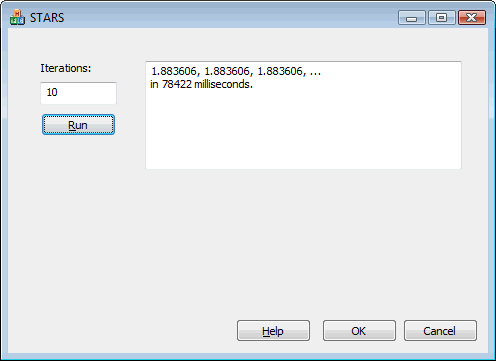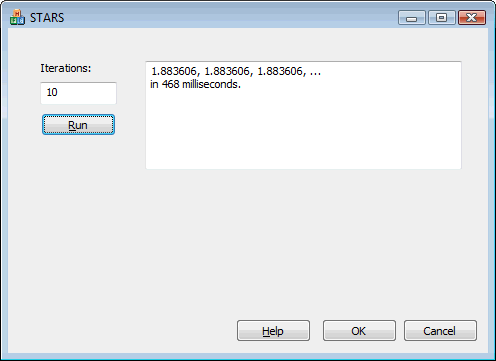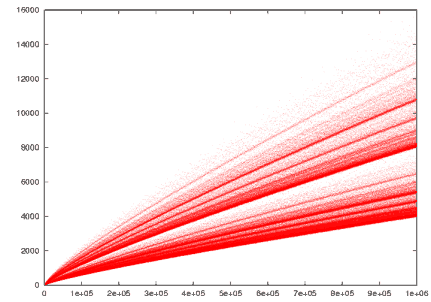I found this gem of a sentence on the Web site of the Embassy of the Islamic Republic of Iran here in Ottawa:
“The Islamic Republic of Iran will register acts of all these states whose records are filled with support for terrorism, pro-colonialist policies for colonizing the oppressed nations, support for the despotic regimes, arming some with weapons of mass destruction and support for anarchy in all parts of the world as disdainful behavior and stipulates that they can not cast doubt on the excellent democratic election held recently in the Islamic Republic of Iran by no means advising them to change their miscalculated approach vis-à-vis the developments having taken place in Iran because designers of the chess game are closely monitoring their behavior and calculating them in the future relations.”
This sentence reminds me of Soviet-era propaganda leaflets. I wonder if the Islamic Republic of Iran has hired propagandists from the former Soviet Union who were left unemployed after 1991.
Anyhow, what exactly are they saying here? Something is wrong with this sentence. They say that,
The Islamic Republic of Iran
- will register, as disdainful behavior,
- acts of all these states whose records are filled with
- support for terrorism,
- pro-colonialist policies for colonizing the oppressed nations,
- support for the despotic regimes, arming some with weapons of mass destruction and
- support for anarchy in all parts of the world
and
- stipulates that they can not cast doubt on the excellent democratic election held recently in the Islamic Republic of Iran
by no means advising them to change their miscalculated approach vis-à-vis the developments having taken place in Iran
because
designers of the chess game are closely monitoring their behavior and calculating them in the future relations.
Hmmm… they seem to be telling us that despite all the bad things they say about our disdainful behavior, they are NOT advising us to change our miscalculated approach. The reason for this surprising advice has to do with the designers of the game of chess. Okay, I know that chess may have arrived in Europe from India by way of Persia, but what do the long dead inventors of one of the world’s most popular games have to do with the reelection of Ahmedinejad?
Maybe they are trying to confuse us intentionally, in order to deflect our attention away from a study that suggests that the election was seriously rigged. They really shouldn’t bother. This study says that the election was likely rigged because the final two digits of provincial results show unlikely statistics. But unlikely is not the same as impossible, and unless they can quantify how much more likely this outcome is in a rigged election, the study means nothing; after all, 1-2-3-4-5-6 is as likely to win in a random 6/49 lottery draw as any other number combination, and if they pick these numbers next week, it does not prove fraud by the lottery corporation. For that claim, one would also have to quantify the increased likelihood that a fraudulent draw is more likely to produce the 1-2-3-4-5-6 result when compared to a truly random draw.


